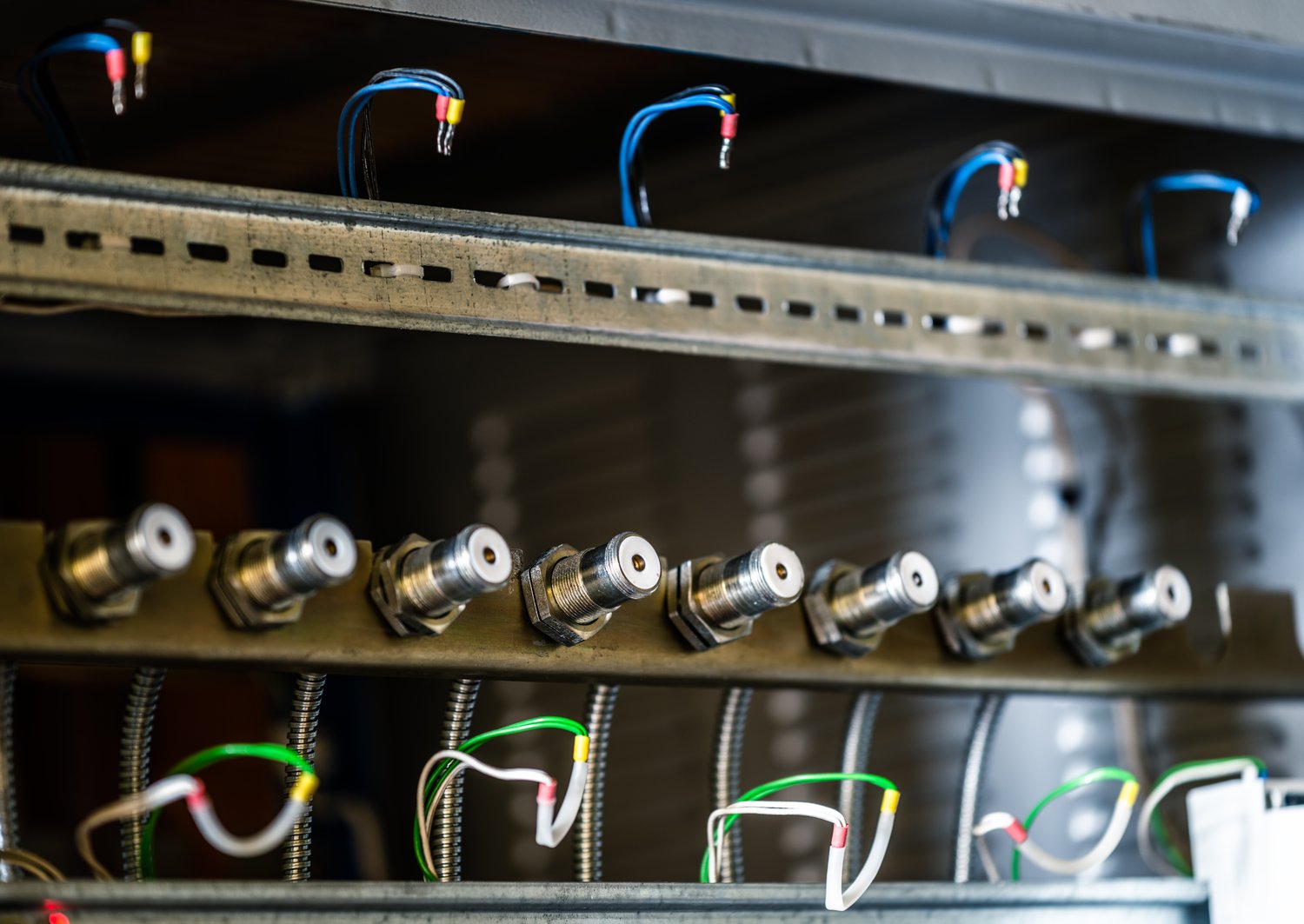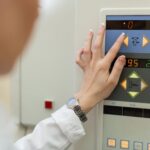Electrical safety is an indispensable component of our daily lives, yet overheating wires in electrical panels remain a lurking hazard that must be addressed promptly. This article delves into understanding the root causes of this issue and offers practical DIY solutions to safeguard your home. By arming yourself with the right knowledge, you can effectively neutralize risks and ensure the smooth operation of your electrical systems.
- Discover the primary causes of wire overheating, from loose connections to circuit overloads, and learn how to diagnose the problem accurately.
- Identify key warning signs like discolored insulation or burnt smells that indicate overheating issues in your electrical panel.
- Learn straightforward DIY inspection tactics to safely evaluate and address potential electrical threats.
- Understand when it’s crucial to call a professional electrician to handle severe damage or persistent problems after your DIY attempts.
By exploring this guide, you’ll be equipped to maintain a hazard-free electrical environment, ensuring both the safety and efficiency of your home’s power system. Dive into the world of troubleshooting to empower yourself with essential skills and knowledge.
Understanding the Causes: How to Fix Overheating Wires in Electrical Panels: 5 DIY Troubleshooting Steps
Before diving into the solutions, it’s essential to comprehend why wires overheat in the first place. Addressing overheating wires effectively requires identifying the root causes. Common issues include loose connections, which disrupt the stable flow of electricity, leading to increased resistance and heat buildup. This can be particularly dangerous in electrical panels where multiple connections are present.
Another prevalent cause is overloaded circuits. When too many devices are connected to a single circuit, it can draw more current than the wiring system is designed to handle, causing the wires to overheat. Ensuring appropriate load distribution across circuits is a key preventative measure.
Poor wiring practices, including using undersized wires or improper installation techniques, can significantly contribute to overheating. Understanding these causes is vital for diagnosing and solving the problem effectively, ensuring both safety and efficiency in your electrical system.
Identifying the Signs of Overheating
Knowing the symptoms of overheating is the first step towards fixing it. Look for visible signs, such as discolored or melted insulation, which indicate excessive heat exposure. This can happen when the wire coating becomes charred or changes color due to high temperatures.
A noticeable burning smell is another red flag that suggests overheating wires. It can imply that the insulation is degrading due to high heat, potentially leading to electrical fires if not addressed promptly.
Additionally, frequent trips in the circuit breaker can signal an overload or a short circuit due to overheating. This automatic shutdown acts as a safety mechanism, protecting the electrical system from damage.
These indicators are crucial in pinpointing specific areas within electrical panels that demand attention, helping you to focus troubleshooting efforts effectively.
DIY Inspection and Evaluation: How to Fix Overheating Wires in Electrical Panels: 5 DIY Troubleshooting Steps
Safety should always be your top priority when dealing with electrical panels. Begin your troubleshooting process by turning off the power supply. This crucial first step minimizes the risk of electric shock and other hazards.
Once the power is safely off, proceed to inspect the electrical panel. Look for any visible damage, such as burnt wires or discolored components, as these are telltale signs of overheating. Make sure to check all connections for looseness as well, which can contribute to wire overheating.
Next, evaluate the distribution of the electrical load. If you notice an excessive demand on a single circuit, it may indicate that the circuit is overloaded. This can be a common cause of overheating wires, leading to potential safety issues.
Taking detailed notes during your inspection can help in structuring an effective repair approach. By understanding these fundamental aspects of electrical panels, you’ll be better equipped to maintain an efficient and safe electrical system.
Fixing Loose Connections and Tightening Screws
One of the most straightforward solutions to combat overheating wires in electrical panels is addressing loose connections. These often occur when screws securing the wires become slack, leading to poor electrical contact and increased resistance, which can result in overheating.
Using a screwdriver, carefully secure each connection. Ensure that all screws are properly tightened to maintain firm contact and reduce the risk of overheating. Loose connections are a common issue, but they are also easily rectified with this simple step.
By investing a little time in tightening the screws, you significantly enhance the reliability and safety of your home’s electrical panel. Addressing these minor issues promptly can prevent larger problems in the future, ensuring a dependable electrical setup.
When to Call a Professional: How to Fix Overheating Wires in Electrical Panels: 5 DIY Troubleshooting Steps
Recognizing when a wiring problem exceeds your ability for a DIY fix is crucial in maintaining the safety and integrity of your home’s electrical system. While there’s merit in understanding the basics of electrical troubleshooting, certain situations demand the expertise of a professional electrician.
One key scenario where professional help is essential is if you identify severe damage, such as charred or melted wires. These signs indicate significant underlying issues that require advanced skills and tools to resolve effectively. Additionally, if your preliminary troubleshooting efforts do not succeed in addressing the problem, this persistence of overheating could signify a complex electrical fault that only a trained electrician can diagnose.
Consulting a professional is also advisable to ensure that all safety standards are rigorously upheld. Experience in high-voltage installations and smart energy management systems makes a certified electrician adept at providing a comprehensive assessment of the electrical panel. They can implement solutions aligned with current regulations, guaranteeing long-term efficiency and safety.
Always remember that timely intervention by a professional not only secures the immediate resolution of the issue but also prevents potential hazards that could endanger your property. Prioritize safety and peace of mind by seeking expert assistance whenever necessary.
Frequently Asked Questions
What causes wires in electrical panels to overheat?
Overheating can be caused by loose connections, overloaded circuits, and poor wiring practices.
What are the signs of overheating in electrical panels?
- Discolored or melted insulation
- A burning smell
- Trips in the circuit breaker
How can I safely inspect my electrical panel?
- Turn off the power supply.
- Inspect for damage or loose connections.
- Check for overloaded circuits.
How do I fix loose connections in the panel?
Use a screwdriver to secure all connections by tightening each screw properly.
When should I call a professional electrician?
Call a professional if there’s severe damage or if problems persist despite troubleshooting efforts.
Can overheating wires be a fire hazard?
Yes, overheating wires can lead to fires if not addressed promptly.





